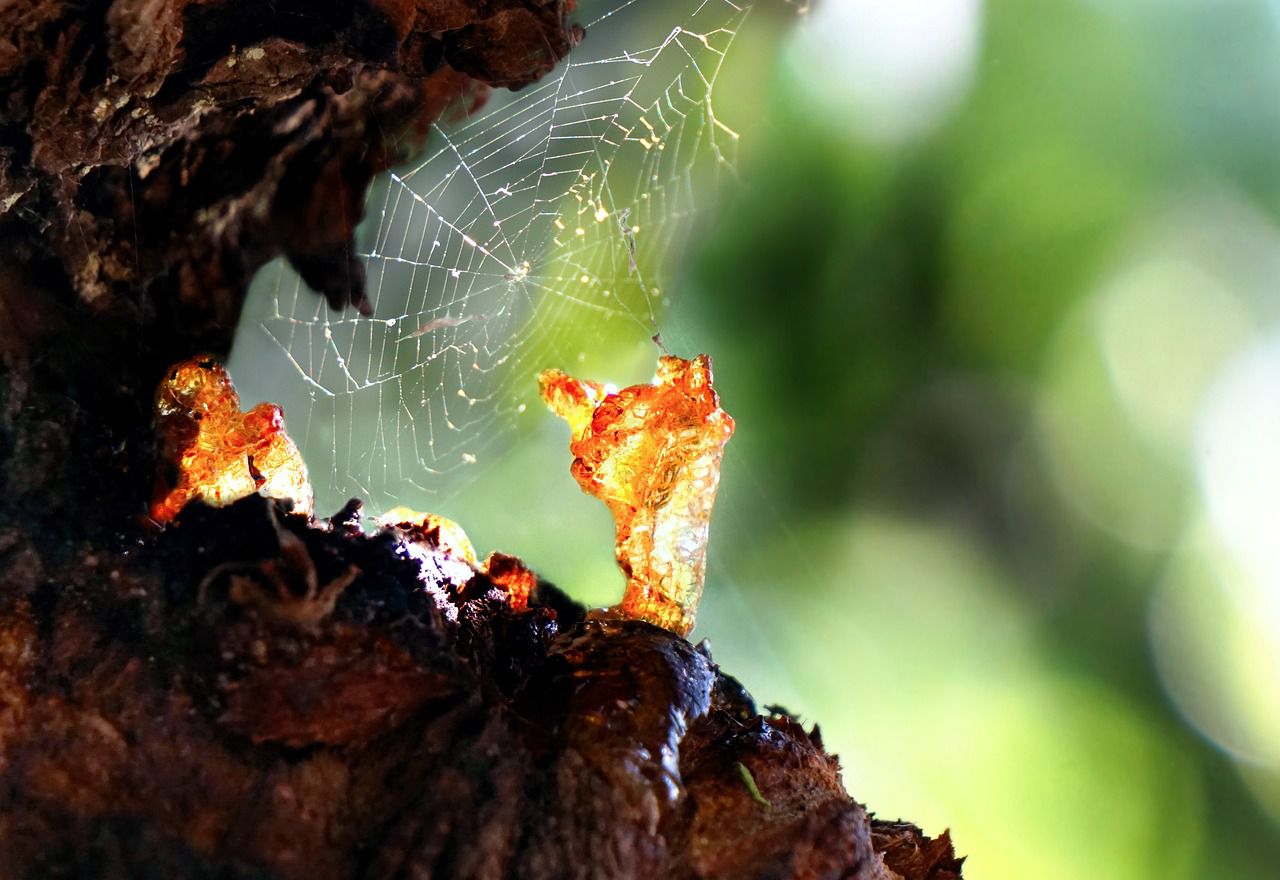Garden trees, like other types of trees, emit resin as a natural defense mechanism and to protect themselves from various threats.
Resin is a sticky, viscous substance that trees produce in response to injury, infection, or environmental stress.
Here are the reasons why garden trees emit resin.

Wound Protection
When a tree's bark is damaged by animals, insects, or physical factors like storms, it creates openings that can expose the tree to pathogens and diseases.
Trees release resin to cover and seal these wounds, acting as a protective barrier against invading microorganisms and preventing further damage.
Insect Defense
Resin also serves as a deterrent for insects and pests.
Many insects find the stickiness of resin unpleasant and may be unable to lay eggs, feed, or establish themselves on the tree.
The scent of the resin can also repel certain insects, helping to reduce infestations.
Fungal and Bacterial Resistance
Resin contains compounds with antimicrobial properties that can inhibit the growth of fungi and bacteria.
This helps prevent infections and diseases from spreading within the tree's tissues.
Chemical Defense
Some trees produce resin with toxic compounds that can harm or deter herbivores that attempt to feed on their leaves, bark, or stems.
Environmental Stress
Trees might release resin in response to environmental stressors such as extreme temperatures, drought, or pollution.
Resin can help seal openings in the bark that result from these stressors, preventing water loss, disease infiltration, and other detrimental effects.
Self-Healing
The resin that a tree produces can aid in its own healing process by covering exposed areas and allowing the tree's tissues to gradually regenerate and repair the damage.












